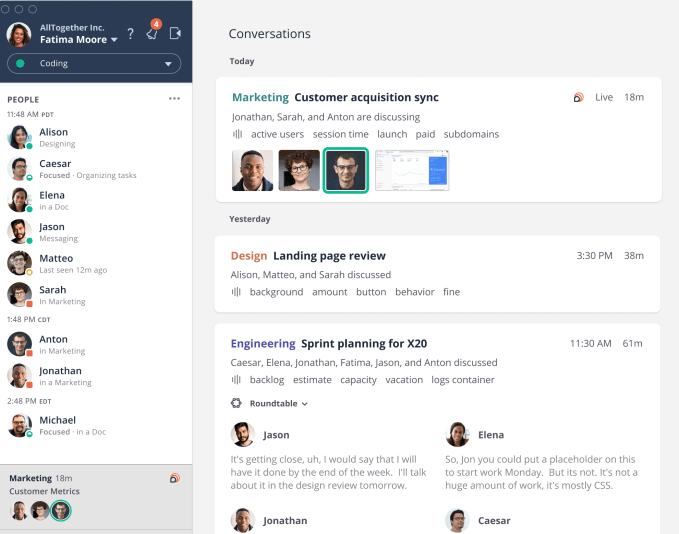There are 12 million small and medium businesses in the US, yet they have continued to be one of most underserved segments of the B2B universe: that volume underscores a lot of fragmentation, and alongside other issues like budget constraints, there are a number of barriers to building for them at scale. Today, however, a startup helping SMBs get online is announcing some significant funding — a sign of how things are changing at a moment when many businesses have realised that being online is no longer an option, but a necessity.
GoSite, a San Diego-based startup that helps small and medium enterprises build websites, and, with a minimum amount of technical know-how, run other functions of their businesses online — like payments, online marketing, appointment booking and accounting — has picked up $40 million in funding.
GoSite offers a one-stop shop for users to build and manage everything online, with the ability to feed in up to 80 different third-party services within that. “We want to help our customers be found everywhere,” said Alex Goode, the founder and CEO of GoSite. “We integrate with Facebook and other consumer platforms like Siri, Apple Maps, and search engines like Google, Yahoo and Bing and more.” It also builds certain features like payments from the ground up.
The Series B comes on the back of a strong year for the company. Driven by Covid-19 circumstances, businesses have increasingly turned to the internet to interact with customers, and GoSite — which has “thousands” of SMB customers — said it doubled its customer base in 2020.
This latest round is being led by Left Lane Capital out of New York, with Longley Capital, Cove Fund, Stage 2, Ankona Capital and Serra Ventures also participating. GoSite is clearly striking while the iron is hot: Longley, also based out of San Diego, led the company’s previous round, which was only in August of this year. It has now raised $60 million to date.
GoSite is, in a sense, a play for more inclusivity in tech: its customers are not companies that it’s “winning” off other providers that provide website building and hosting and other services typically used by SMBs, such as Squarespace and Wix, or GoDaddy, or Shopify.
Rather, they are companies that may have never used any of these: local garages, local landscapers, local hair salons, local accountancy firms, local dentists and so on. Barring the accounting firm, these are not businesses that will ever go fully online, as a retailer might, not least because of the physical aspect of each of those professions. But they will need an online presence and the levers it gives them to communicate, in order to survive, especially in times when their old models are being put under strain.
Goode started GoSite after graduating from college in Michigan with a degree in computer science, having previously grown up around and working in small businesses — his parents, grandparents and others in his Michigan town all ran their own stores. (He moved to San Diego “for the weather” he joked.)
His belief is that while there are and always will be alternatives like Facebook or Yelp to plant a flag, there is nothing that can replace the value and longer term security and control of building something of your own — a sentiment small business owners would surely grasp.
That is perhaps the most interesting aspect of GoSite as it exists today: it precisely doesn’t see any of what already exists out there as “the competition.” Instead, Goode sees his purpose as building a dashboard that will help business owners manage all that — with up to 80 different services currently available — and more, from a single place, and with minimum need for technical skills and time spent learning the ropes.
“There is definitely huge demand from small businesses for help and something like GoSite can do that,” Goode said. “The space is very fragmented and noisy and they don’t even know where to start.”
This, combined with GoSite’s growth and relevance to the current market, is partly what attracted investors.
“The opportunity we are betting on here is the all-in-one solution,” said Vinny Pujji, partner at Left Lane. “If you are a carpet cleaner or house painter, you don’t have the capacity to understand or work with five or six different pieces of software. We spoke with thousands of SMBs when looking at this, and this was the answer we heard.” He said the other important thing is that GoSite has a customer service team and for SMBs that use it, they like that when they call, “GoSite picks up the phone.”


